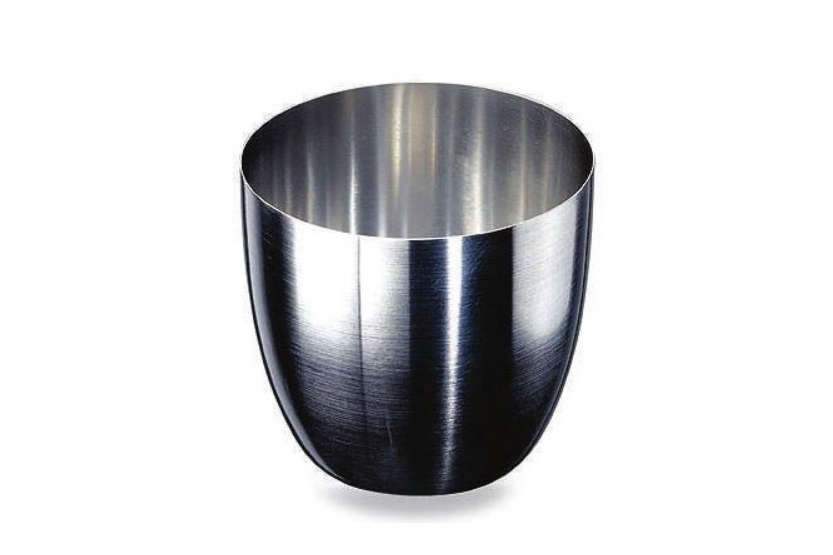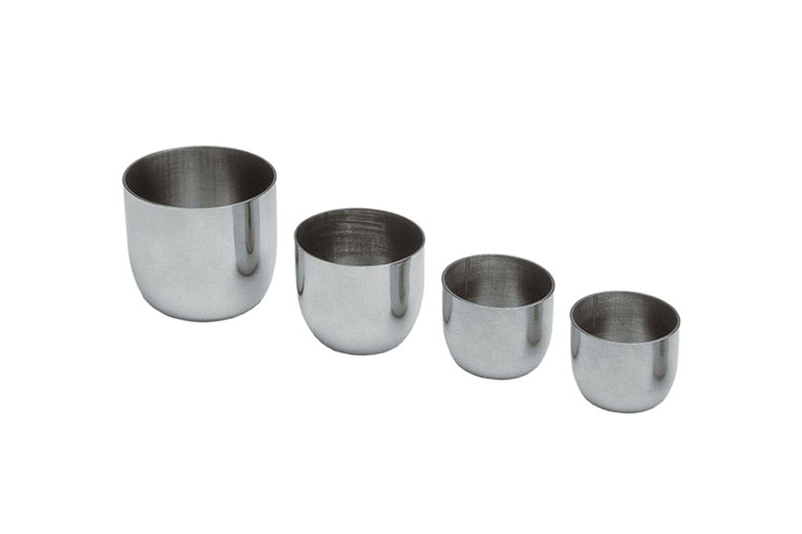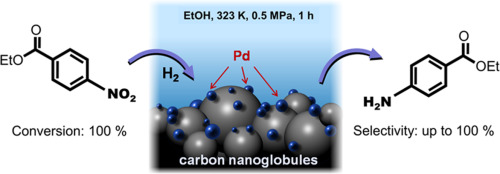Crucible, Do You Know How to Use it?
The crucible, an indispensable vessel crafted from refractory materials like clay, graphite, porcelain, or robust metals, plays a pivotal role in diverse scientific and industrial processes. Its primary functions encompass the evaporation, concentration, or crystallization of solutions, along with the incineration of solid substances.
Types of Crucibles
Crucibles, showcasing remarkable versatility, transcend production scales, batch sizes, and material types. SAM, a leading supplier, offers an array of crucibles, including platinum crucibles, tungsten crucibles, tantalum crucibles, and molybdenum crucibles. Custom configurations cater to the unique needs of diverse applications.

Usage of Crucibles
Heating Solids:
The crucible is crucial when solid substances demand heating. Placed within, materials are shielded from heat loss, allowing controlled airflow for potential oxidation.
The crucible, smaller at the bottom, typically rests on a mud triangle for direct heating over a flame. After heating, it's essential not to abruptly place the crucible on a cold metal surface, preventing potential fracturing.
Similarly, avoiding immediate placement on wooden surfaces is vital to prevent damage or fire. The recommended approach is to let it cool naturally on an iron triangle shelf or slowly on an asbestos web. Crucible forceps are indispensable for handling during use.
Main Purposes:
Crucibles, vital vessels in scientific and industrial realms, serve various purposes, showcasing their versatility in facilitating essential processes. The primary applications of crucibles encompass:
1. Evaporation, Concentration, or Crystallization of Solutions:
Crucibles play a pivotal role in laboratory and industrial settings for processes like evaporation, concentration, and crystallization of solutions. In laboratories, chemists utilize crucibles to concentrate solutions, extract essential components, and induce crystallization for detailed molecular studies. Industries benefit from controlled evaporation in producing high-purity materials used in diverse applications, such as pharmaceuticals and materials science.
2. Incineration of Solid Materials:
Crucibles exhibit remarkable resilience during the controlled incineration of solid materials. This process finds applications in laboratories for ashing procedures and in industries for refining metals or disposing of hazardous waste. The incineration capabilities of crucibles contribute to analytical purposes in research and play a crucial role in metallurgical and waste management processes on an industrial scale.
Precautions for Crucible Use

1. Direct Heating and Quenching:
Crucibles can withstand direct heating but should not be quenched after the heating process. Sudden temperature changes can compromise their structural integrity.
2. Crucible Forceps Usage:
When manipulating crucibles, it is imperative to use crucible forceps. This ensures a secure grip and minimizes the risk of accidents during handling.
3. Placement on Iron Triangle:
During the heating process, the crucible should be positioned on an iron triangle. This facilitates efficient heat transfer and ensures a stable environment for the intended processes.
4. Stirring During Evaporation:
For tasks involving evaporation, stirring is recommended. This aids in achieving uniform concentration and crystallization, enhancing the overall efficacy of the process.
5. Cooling Process:
After the heating phase, the crucible should undergo a gradual cooling process. Placing it on an iron triangle shelf or an asbestos web allows for controlled cooling, mitigating the risk of thermal shock.
6. Varieties of Crucibles:
The diverse range of crucibles accommodates different material types and production requirements. SAM's platinum, tungsten, tantalum, and molybdenum crucibles provide tailored solutions for various industrial and scientific needs.
7. Custom Configurations:
SAM's commitment to meeting unique demands is reflected in its provision of custom configurations. Tailored crucibles address specific requirements, ensuring optimal performance in varied applications.
8. Material Purity Assurance:
Crucibles play a vital role in maintaining material purity during smelting processes. SAM's crucibles contribute to the assurance of high-purity outcomes, meeting stringent industry standards.
9. Importance of Crucibles in Scientific Processes:
Beyond their applications in industrial settings, crucibles hold significant importance in various scientific processes. In laboratories, crucibles serve as indispensable tools for experiments, where precise control over temperature, evaporation, and material purity is paramount.
In chemical laboratories, crucibles find application in tasks such as determining the composition of substances through precise heating and controlled reactions. The ability to resist high temperatures and chemical corrosion makes crucibles a staple in analytical chemistry processes.
Crucibles also play a crucial role in metallurgical research, where the study of material properties and reactions under extreme conditions is necessary. The diverse range of crucibles available ensures compatibility with various metals and alloys, allowing researchers to conduct experiments with precision.
10. Advancements in Crucible Technology:
As technology evolves, so does the crucible technology. Advanced materials and manufacturing techniques contribute to the development of crucibles with enhanced durability, heat resistance, and purity. Nanotechnology has also found its way into crucible manufacturing, enabling the creation of nano-sized crucibles for specialized applications.
Innovations in crucible design and materials have resulted in crucibles capable of withstanding extreme conditions, expanding their utility in cutting-edge scientific and industrial processes. SAM remains at the forefront of these advancements, continually offering state-of-the-art crucibles to meet the evolving demands of modern applications.
Conclusion
In conclusion, the crucible stands as a fundamental tool in both industrial and scientific realms. Its versatility, coupled with precise usage and precautions, ensures optimal performance across various applications. SAM's commitment to providing a diverse range of crucibles, including custom configurations, underscores its dedication to meeting the unique needs of industries and laboratories worldwide.
Mastering the art of crucible usage involves not only understanding the technical aspects but also embracing the continuous advancements in crucible technology. As industries push the boundaries of innovation, crucibles remain steadfast as reliable companions in the journey of scientific discovery and industrial excellence.



